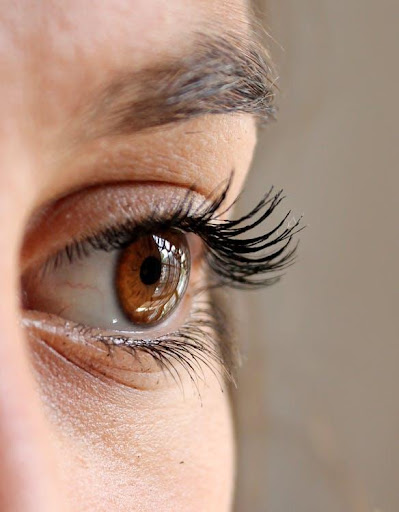Conjunctivitis is a common eye condition that’s worth being aware of. It’s an uncomfortable problem: the common symptoms are redness, burning, itchiness and puss or water discharging from the eye. Below, we explore the causes of this condition and how you can avoid it.
Causes
Conjunctivitis is usually caused by an infection in the eye. This can be caused by a number of different sources – as seen below. By understanding the various causes of conjunctivitis, you can take steps to avoid it.
Viruses
Conjunctivitis can be caused by a normal virus, with typical accompanying symptoms such as a sore throat and a cough. Both eyes can be affected in this situation, and you’ll be contagious.
Bacteria
Similarly, bacterial infections can cause conjunctivitis. This commonly occurs when you use contact lenses that aren’t properly cleaned.
Allergies
If you have a pollen allergy, you might be more prone to conjunctivitis. Your body will produce antibodies to cope with pollen which can result in symptoms. Allergy eyedrops can alleviate this issue though.
A chemical splash in the eye
Irritation can cause conjunctivitis too – flushing and cleaning the eye can often produce similar symptoms. After a chemical splash in the eye, you should seek medical assistance.
A foreign object in the eye
Similarly, a foreign object in the eye can cause irritation leading to conjunctivitis. If you can’t remove the foreign object yourself, you should seek help immediately.
In newborns, a blocked tear duct
Newborns are particularly prone to this condition. A blocked tear duct can result in irritation and conjunctivitis.
Home treatments
Usually, conjunctivitis will resolve itself in a few weeks – treatments are instead focused on symptom relief. Eye drops and cleaning your eyes with a wet towel can help reduce irritation and pain. During this time you should also avoid wearing your contact lenses. Antiviral eyedrops can also be used if it’s struggling to heal.
What to do if it’s not healing
“Conjunctivitis, or “pink eye”, can be uncomfortable and unpleasant, but usually clears up after a week or two. If it doesn’t, or if it’s particularly uncomfortable, speak to your optometrist as they’ll be able to provide treatment to alleviate the issue – but they can also give you a check-up to make sure it’s not actually an indication of something else, while also helping you to clean your contact lenses effectively.























